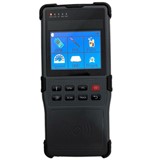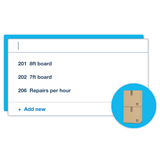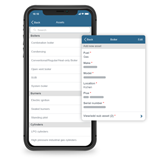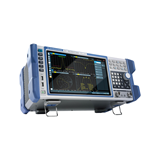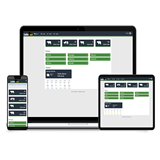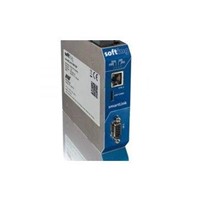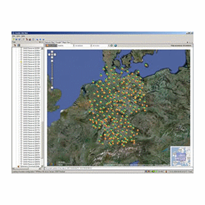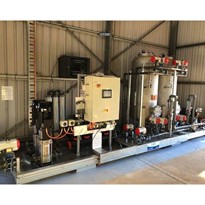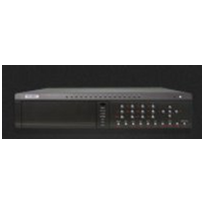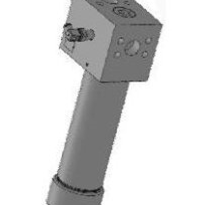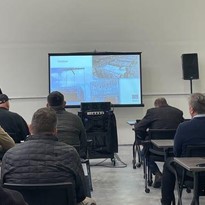In the field of water, in particular drinking water, intelligent networks are becoming a reality. The components are known: sensors, communication support, data processing capabilities, all as much as possible in real time. All these bricks exist on the market today, the challenge being to make them work together. It is up to network operators to determine their needs: intelligence for what?
Due to the of ageing of assets, subject to strict environmental, economic and regulatory constraints, water system operators are seeking to optimize their management. To do this, they are increasingly turning to ICTs, seeking to make their network “smart”. They therefore bard it with sensors that provide in real time (or at least at high frequency) many simple data on its state. Data sent to a centralization equipped with analysis capabilities, and able to draw information from it to diagnose a problem, plan interventions or maintenance operations, and generally optimize network performance. “It is the compilation of multiple, individually not very interesting data that makes sense,” explains Pascal Perrière, sales director at Diehl Metering. All this obviously presupposes a data transmission channel. “It depends on local situations, but as soon as a mobile phone passes through a sector, remote management can help make a network intelligent,” explains Benoît Quinquenel at Lacroix Sofrel. For shadow areas, there are other solutions, based on proprietary radio, for example. The infrastructures are however more and more open, turned towards Internet, which makes it possible to communicate permanently, thus to gain in reactivity. Networks are becoming “all IP”, it’s the revolution of the moment.
Leak detection – a topical concern
The primary concern of any water network operator is the search for leaks, which will be the subject of very specific obligations at the end of the Assises de l’eau, to be held from April to November 2018. It typically involves a phased approach in the field (see EIN 403), as far as possible on an already sectorised network. Intelligent” leak detection can be achieved through several approaches. Companies like GUTERMANN, Seba, VonRoll Hydro or Hydreka advocate automatic correlation. “This was a big step forward in the life of networks five years ago. Instead of indicating “there is a noise”, the technique pushed to the end makes it possible to say where the leak is located”, explains Luc Bade, sales director France at GUTERMANN. His company has developed fixed correlators for this purpose, arranged at regular intervals on the network (up to 150 metres for devices equipped with a good microphone). These ZONESCAN 820 are actually noise recorders, equipped with microphones and synchronized to the millisecond. What makes them “smart”? Every morning, they send – by GSM or proprietary radio network (with ZONESCAN ALPHA hubs) – their sound files, recorded at night when consumption is minimal, to the Zonescan.net software hosted on a server operated by Gutermann. The latter performs the correlation analysis and automatically sends the results to the operator. “Each client has a login and password and can access their results from any computer,” says Luc Bade. Of course, there are gateways to supervision tools such as those developed by Areal, Codra or IT Mation. Or to specific tools. For example, the results are sent directly to Hublo, the global supervision system of the Greater Lyon Metropolis (Grand Lyon), which has installed 6,000 GUTERMANN correlators on its network. For large diameter transport pipes (feeders larger than 600 mm), which cannot be equipped with multiple conventional loggers, GUTERMANN offers a fixed station hydrophone with the daily correlation function, a first for this type of device. The HISCAN, which can be integrated into a ZONESCAN type solution, is equipped with a solar panel for energy. It uses sound propagation in water to capture noise up to 800 metres away, regardless of the pipe material. It can therefore be placed on the valves located at the end of each pipe chamber. Since the beginning of 2018, Grand Lyon has been deploying this solution on 600 mm cast iron pipes.




